Article by Domenico Pistone Urban Design Projects – We explore 8 urban design projects that have transformed communities, giving people hope and prosperity. Society changes and with its needs. The desire to unplug from the daily chaos pushes city residents to look for small or large urban oases where they can relax and recharge their batteries. Urban design consultant Jan Gehl has said that the urban landscape must be considered through the five senses. German philosopher Martin Heidegger says the concept of a living space is similar to wearing a dress. And the architect Richard Rogers said, “You cannot think of architecture without thinking of the people.” Here are 8 people-friendly urban design projects that have transformed their communities.
Urban Design Projects
1. Gas Works Park in Seattle, Washington, USA
Smoke, pollution, darkness, and malaise are the first things we think of when we imagine the urban factories of the 1900s. Now, however, wandering through the Gas Works Park lawns helps us realize that everything changes, and that what once was dark, full of smoke, and dangerous is now one of the favorite meeting places of the citizens of Seattle — a space where the only existing rule is to relax and socialize. A series of hills and avenues transports us from panoramic views over the river to the discovery of industrial archaeology. Disarmingly simple, the space allows visitors to fully enjoy those places through the five senses. Designed by landscape architect Richard Haag, Gas Work Park has become a meeting place for gatherings, peace movements, and groups awaiting the arrival of the summer solstice. WATCH >>> Richard Haag Projects: Gas Works Park
2. Farm Cultural Park in Favara, Sicily
Dostoevsky said that “beauty will save the world.” This is the phrase that perhaps most of all helps us to understand the power of urban design projects through art and culture. Urban design projects don’t necessarily have to be restricted to large cities. It can redevelop space and improve the lives of citizens even on an island in the beautiful Mediterranean Sea. Farm Cultural Park is a small cluster of houses and courtyards with an Arab matrix similar to a “kasbah” renovated and put to the service of the city. A contemporary art gallery in the open air has been developed between the old courtyards of the city, among the small roads that connect it to the main square — a secret garden, a place to breathe positivity. WATCH >>> Favara Farm cultural park – Art Show 2013 (Italy)
This small museum dedicated to art, design, architecture, and the connections among people has, in just a few years, managed to teach the beauty of a country to a citizenry full of distrust and little desire to react. Now, a new “Children’s Museum” is being designed in an attempt to teach the culture of beauty to the citizens of tomorrow: Favara’s children. If urban design projects aim to be an instrument of the physical and mental wellbeing of the citizens, then we can all learn something from this wonderfully realized project.
3. The Goods Line in Sydney, Australia
This innovative, elevated park has been created along a stretch of abandoned railway that connects to the Railway Square at Darling Harbour in Ultimo, Sydney. The Goods Line has become a focal point of the city by pushing people to stop and socialize. There are several “social infrastructures” that facilitate socialization and the sharing of space, including an amphitheater with free Wi-Fi, children’s play areas, table tennis tables, stands, and raised laws. The Goods Line is also a metaphor for the social and economic transformation of Sydney from an industrial city to a modern-knowledge economy. Every detail is designed to boost the connections among citizens; the straight line has been abolished and the movement helps to create new spaces for festivals or events. Here, a stroll above the city is interspersed with rest and gatherings.
4. Superkilen in Copenhagen, Denmark
We all know that many of the best things grow out of comparison. We also know that the contrast can be better appreciated when broken down into quality parts. Here’s how — in one of the countries bathed by the North Sea — diversity becomes quality. In Copenhagen, for a half-mile in the city, there is one such example in the open air: Superkilen. Superkilen is a mystical and sensual place that, through clever play and the foresight of the planners, brings together 60 works of good design in one of the city’s multicultural neighborhoods. This Surrealist collection of objects and projects comes from all over the world. Here are the palms of China, the neon lights of Qatar, and the beaches of Los Angeles, California. All are redesigned with a lot of details, leading to an explosion of colors that attracts citizens and improves life in the city.
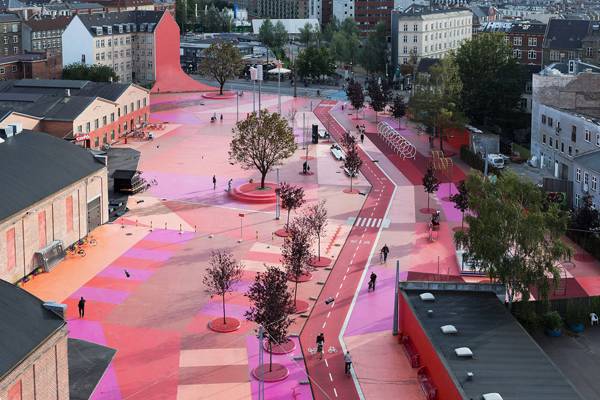
Pedestrian friendly street. “Creative Commons BIG – Bjarke Ingels Group – SUK – Superkilen Park, Copenhagen, Denmark”. Source Forgemind ArchiMedia, licensed under CC 2.0
5. Metropol Parasol in Sevilla, Spain
One of the new symbols of Seville is the Metropol Parasol. The appearance is futuristic, with sinuous and enveloping forms, but actually, embodies all the principles of green building. The building was finished in 2011, as part of the redevelopment of the old Plaza de la Encarnacion, which was in complete degradation after the demolition of the old market of 1973. The architect J. Mayer began by considering the life that the market gives the city, thinking and creating an exceptional work that it is structured on five levels. The first level is the basement overlooking the archaeological remains found during construction. The second level houses an area used as a market that can host numerous stands. The third level houses the shows and the fourth is a restaurant. The fifth and final level is a unique sensory experience — a walkway in a terrace that embraces the old quarters of Seville. It is a wooden lattice with an organic shape — and was the largest wooden structure in the world. The structure, with its form and its tunnel, allows free air circulation on hot summer days, but also acts as an “umbrella” protecting passersby from direct sunlight. This project brings the market square back to life, mingling the historical and the contemporary. WATCH >>> Inhabitat talks with Architect Juergen Mayer H. about the Metropol Parasol
6. Place d’Youville in Montreal, Canada
When the story is interwoven with the wisdom and imagination of the architect, small jewels give new impetus to a city. Here’s how Place d’Youville, a small green lung along the city’s waterfront and the old harbor, becomes a place of exchange. Different uses (domestic, commercial, and institutional) are underlined by the different types of material used, blending as they come into contact with one another and giving way to allow different people to meet and talk. This green corridor of the city becomes a link between the people and the city’s buildings. The relationship with history and the contemporary theater leads people to linger and savor the calm that this place gives to those who live nearby.
7. Lake Paprocany in Tychy, Poland
Water is the main source of life. Many cities have sprung up near a river or lake. RS + Robert Skitek help us to understand why, with their project that repurposes the routes around Lake Paprocany in the city of Tychy. The materials used are mainly natural, encouraging the inclusion of the project within the context. The LED lights, shadows, and colors also help to set the mood. The designers used different techniques and devices that combine the modern design aggregation of citizens: the wooden benches that become forums to see the shows, the networks that become hammocks for relaxing, the sound of water, the shadows of the trees. This is a magical place where each of us, at least once in life, should go to relax.
8. Fremantle Esplanade Youth Plaza in Fremantle, Australia
Young people will be the citizens of the future, and at a time when the social media companies are trying to replace the real company of fellow human beings, examples of good urban design projects dedicated to children must be increasingly present in our cities. The Fremantle Esplanade Youth Plaza has become a major example for the world of how a central space can serve the community. Accessible to all types of people, it offers a wide range of activities for children of all abilities. The design revolves around the history of Fremantle as well as its present. The different shapes and materials underline the diversity present in society. WATCH >>> Opening Day Video from Fremantle’s Esplanade Youth Plaza
The ramps are accompanied by a large xylophone. This is an installation that helps citizens to escape, if only for a moment, from the bustle of the city, creating a wonderful feeling of freedom.
Understanding Urban Design Projects
Sir Winston Churchill — politician, historian, and British journalist — once said that “First we shape our buildings, thereafter they shape us.” This is an argument that we should all take seriously. As citizens or architects, we must have the conviction that what we do will always have repercussions for ourselves. So why not build quality spaces to benefit us in turn? Why not get used to inhabiting places and respecting them as if they were our homes? Quality pays, and these 8 urban design projects from around the world should help us understand how, through good building and a policy of creating beauty, we can help people feel good about each other and to live better in the city. Do you agree? Recommended Reading:
- Becoming an Urban Planner: A Guide to Careers in Planning and Urban Design by Michael Bayer
- Sustainable Urbanism: Urban Design With Nature by Douglas Farrs
Article by Domenico Pistone
Published in Blog


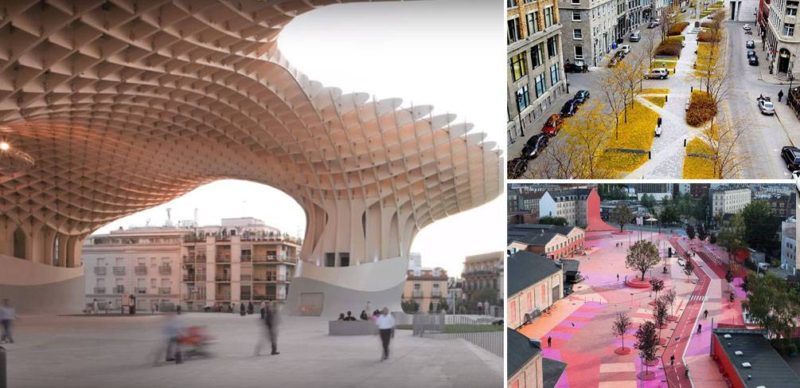
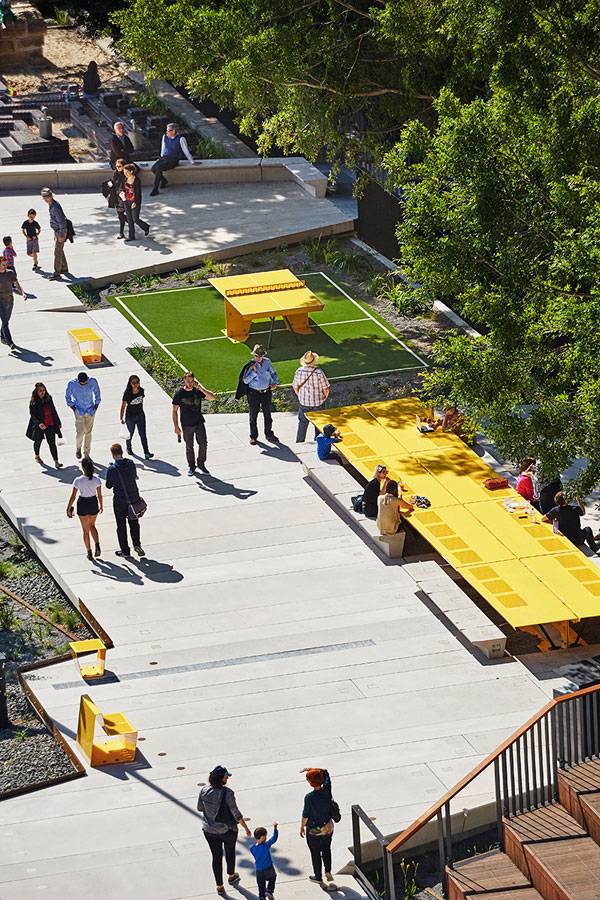
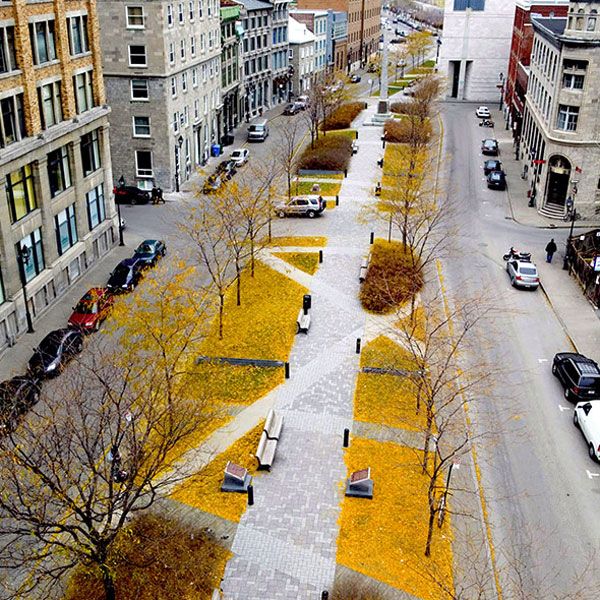
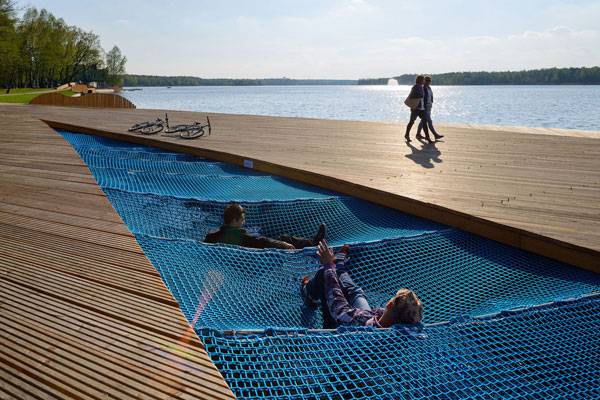


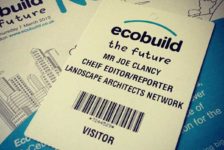

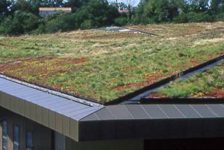
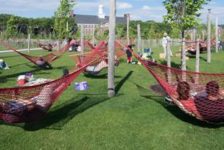
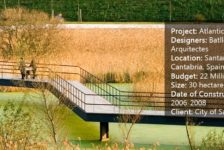
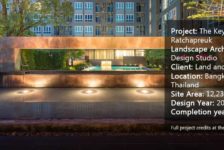
Pingback: city design project relevance - bestdatatoday
Pingback: Ecological Museum In Diamond Bar City – CP140 Urban Design Class Blog